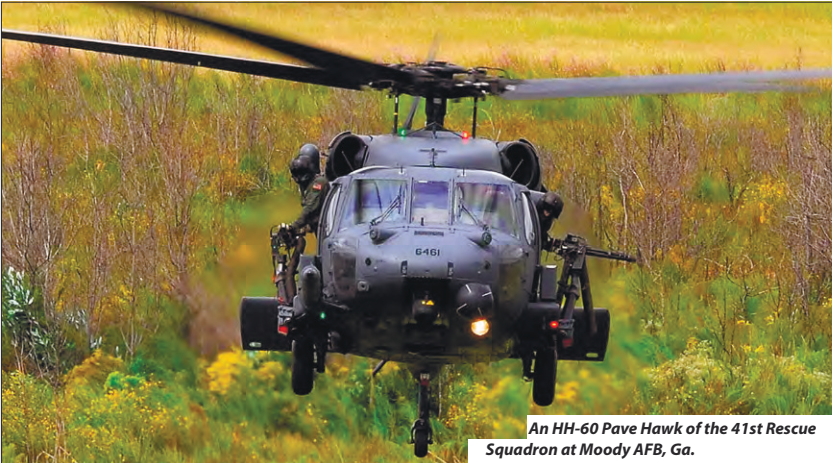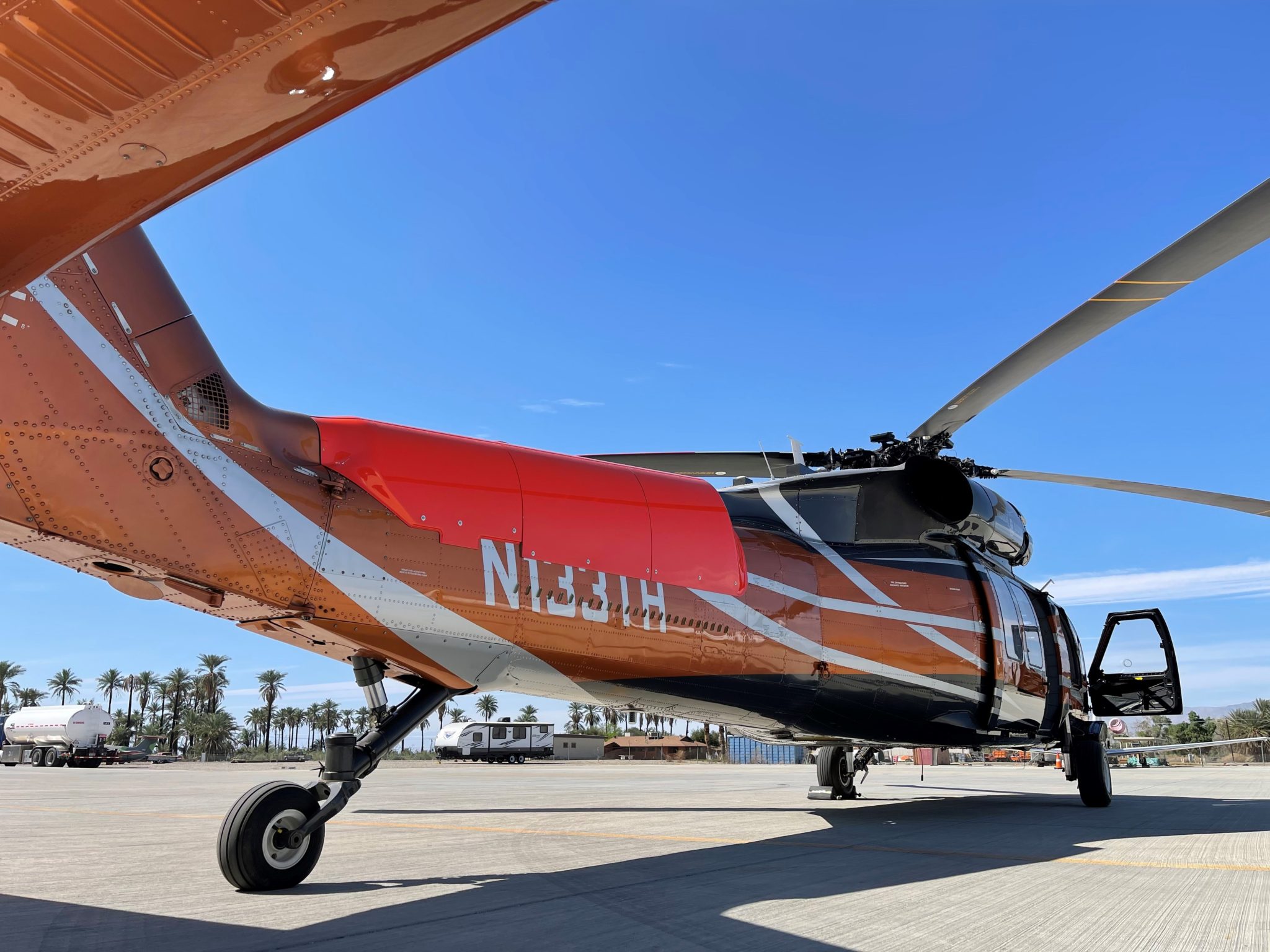Every Little Thing You Need to Learn About the UH 60 Helicopter
The UH-60 helicopter, a keystone of U.S. Military air travel since its debut in 1979, stands for an amazing mix of design and functional adaptability. As armed forces needs advance, so too does the helicopter, with continuous improvements intended at improving its capacities and integrating contemporary innovations.
History of the UH-60
Established in the late 1970s, the UH-60 Black Hawk helicopter emerged as a reaction to the U.S. Army's need for a versatile energy helicopter that might carry out a variety of goals under tough conditions. The incentive for its style was the drawbacks identified in the earlier helicopters utilized throughout the Vietnam Battle, particularly in regards to survivability, maneuverability, and speed.
The Black Hawk was created by Sikorsky Airplane, integrating sophisticated technologies and materials to enhance its efficiency and sturdiness. It was officially presented into solution in 1979, swiftly becoming an important possession for army procedures - uh 60. Its capacity to transport troops, clinical discharge, and logistical support in both battle and humanitarian goals made the Black Hawk an invaluable part of the U.S. Army's aviation fleet
Throughout the decades, the UH-60 has been constantly updated, adjusting to the transforming nature of war and the advancing requirements of modern army operations. Its operational history consists of involvement in significant conflicts, peacekeeping objectives, and catastrophe alleviation efforts, strengthening its track record as a trustworthy and efficient helicopter in different settings worldwide.

Style and Specifications
The design of the UH-60 Black Hawk helicopter regularly shows a dedication to functional effectiveness and convenience. Created by Sikorsky Aircraft, this medium-lift energy helicopter features a streamlined, aerodynamic fuselage that improves rate and maneuverability. Its tandem blades system, characterized by two counter-rotating blades, decreases resonance and enhances lift capacity, allowing for more secure operations in varied environments.
The UH-60 is powered by 2 T700-GE-701C turboshaft engines, supplying an optimum speed of about 180 knots and an array of around 400 nautical miles. Its durable airframe is created from innovative composite products, making sure durability while maintaining a relatively low weight. The helicopter has an optimum gross weight of about 22,000 pounds, sustaining a versatile haul configuration.

Roles and Objectives
A flexible platform, the UH-60 Black Hawk helicopter serves a wide variety of duties and objectives within armed forces procedures. Created mostly for army transport, it can bring as much as 11 soldiers, making it a crucial property for fast release and logistical assistance.
Along with army transportation, the UH-60 excels in medical emptying (MEDEVAC) objectives, equipped with advanced clinical equipment to provide vital treatment during transit. Its ability to run in varied settings More hints enhances its efficiency in combat search and rescue (CSAR) procedures, where quick extraction of personnel is essential.
The helicopter also plays a considerable function in reconnaissance and security missions, utilizing onboard sensing units and equipment to debrief. Its versatility extends to logistical support, qualified of moving materials and equipment to ahead running bases.
In fight operations, the UH-60 can be equipped with different weapon systems, allowing it to offer close air assistance. Its multi-role capability makes the Black Hawk an indispensable device for modern military pressures, adjusting perfectly to the evolving demands of field of battle circumstances and making sure objective success throughout a series of other functional contexts.
Efficiency and Capabilities
Recognized for its robust efficiency, the UH-60 Black Hawk helicopter boasts remarkable capabilities that enhance its operational performance across various goals. uh 60. This multi-role airplane is furnished with effective twin-engine Turbomeca Arriel 1D1 engines, giving phenomenal rate and maneuverability, with an optimum cruise ship speed of approximately 150 knots and a functional range of around 400 nautical miles
The Black Hawk's sophisticated avionics and fly-by-wire control systems significantly boost flight safety and handling, allowing it to operate in varied settings, including adverse climate conditions. Its convenience is more exhibited by its capacity to carry approximately 11 totally outfitted soldiers or a payload of around 8,000 pounds, making it suitable for troop transport, clinical discharge, and logistical support objectives.
In Addition, the UH-60 is created for survivability, featuring enhanced airframes, ballistic defense for crew and passengers, and progressed countermeasure systems to avert hazards. The helicopter's agility and speed, incorporated with its capacity for rapid implementation, make it an essential property in modern military operations, making certain that it stays a key aspect of tactical air assistance and battlefield flexibility.
Future Advancement

One considerable emphasis is the combination of sophisticated avionics systems, which will boost situational recognition through boosted navigation and interaction capacities. This includes the prospective use of artificial knowledge to assist pilots in decision-making and goal preparation.
Furthermore, future variations may include innovative products and style features to boost the helicopter's resilience and minimize its radar signature, boosting survivability in contested settings.
The intro of hybrid-electric propulsion systems is likewise on the horizon, aiming to boost gas effectiveness and lower logistical burdens. Such improvements might expand operational Clicking Here array and reduce the helicopter's environmental impact.

Conclusion
The UH-60 helicopter stands for a considerable development in army aviation considering that its introduction in 1979. The UH-60's sustaining presence highlights its vital duty in contemporary armed forces procedures and highlights the recurring evolution of army aeronautics technology.
The UH-60 helicopter, a foundation of United state Military aviation given that its debut in 1979, represents an exceptional mix of engineering and functional convenience. As military needs progress, so too does the helicopter, with recurring advancements aimed at enhancing its abilities and incorporating modern technologies.The design of the UH-60 Black Hawk helicopter constantly shows a dedication to operational efficiency and flexibility. Developed by Sikorsky Aircraft, this medium-lift utility helicopter features a sleek, aerodynamic fuselage that enhances rate and maneuverability.The UH-60 helicopter represents a considerable improvement in armed forces aviation since its introduction in 1979.